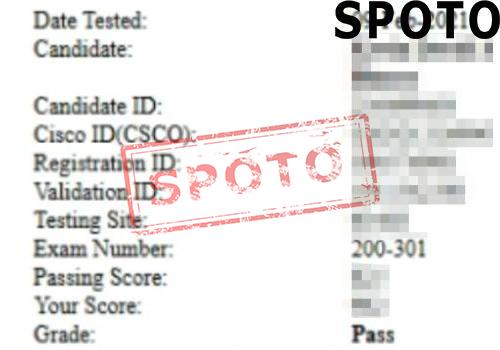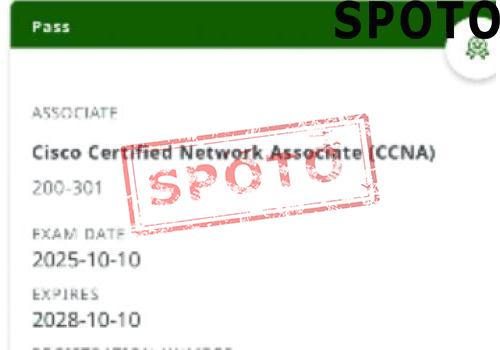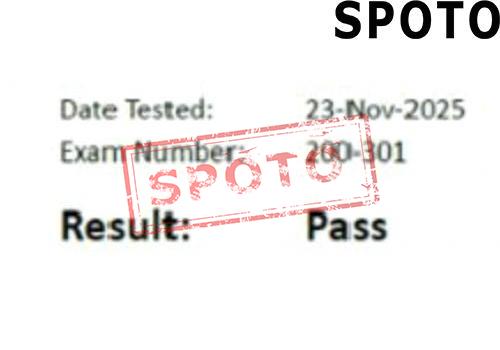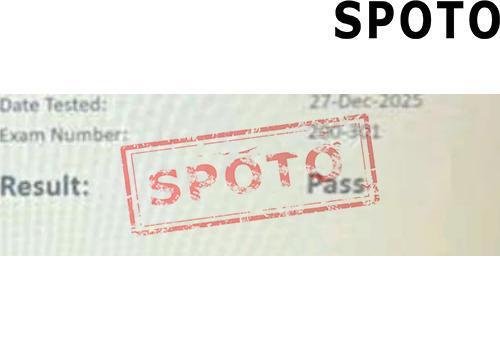
Table of Contents
Introduction to OSPF
Open Shortest Path First (OSPF) is a fundamental interior gateway protocol (IGP) used for routing within large enterprise networks. Defined by the Internet Engineering Task Force (IETF) and outlined in RFC 2328 for IPv4 (OSPFv2) and RFC 5340 for IPv6 (OSPFv3), OSPF is a link-state routing protocol that dynamically finds the best path for data through a network. This article delves into the technical aspects of OSPF to provide a comprehensive understanding of its components, operations, and configurations.
OSPF Database Exchange
At the heart of OSPF is the Link-State Database (LSDB), which contains information about the network's topology. The database is built through the exchange of Link-State Advertisements (LSAs). OSPF routers use several types of LSAs to describe the state of their links to neighboring routers:
- Router LSA (Type 1): Generated by each router, it lists the router’s active interfaces, the state and cost of each interface, and the router's neighbors.
- Network LSA (Type 2): Created by the Designated Router (DR) on a broadcast segment, it lists all routers on the segment.
- Summary LSAs (Type 3 and Type 4): Used by Area Border Routers (ABRs) to advertise routes between OSPF areas.
- AS External LSA (Type 5): Generated by Autonomous System Boundary Routers (ASBRs) to describe routes to external networks.
- NSSA External LSA (Type 7): Used in Not-So-Stubby Areas (NSSAs) to advertise external routes within the area.
These LSAs are flooded throughout the network to ensure all OSPF routers have a synchronized view of the network topology, enabling them to calculate the shortest path using Dijkstra's algorithm.
OSPF Design and LSA Types
OSPF is designed with scalability and efficiency in mind, featuring several types of LSAs to support different network structures and requirements. The key LSA types and their purposes are outlined as follows:
- Router LSA (Type 1): Lists the state of the router’s interfaces and its neighbors within an area.
- Network LSA (Type 2): Describes the routers attached to a broadcast network.
- Summary LSAs (Type 3 and Type 4): Propagated by ABRs to advertise inter-area routes.
- AS External LSA (Type 5): Advertises routes external to the OSPF autonomous system.
- NSSA External LSA (Type 7): Used in NSSAs to describe external routes that are translated to Type 5 LSAs by the ABR.
Additionally, OSPF supports hierarchical network design by dividing the network into areas, which reduces the size of the LSDB and limits the scope of LSA flooding, enhancing scalability.
OSPF Configuration
Configuring OSPF involves defining OSPF processes, specifying OSPF areas, and enabling OSPF on router interfaces. Key OSPF configuration commands include:
- router ospf process-id: Initiates an OSPF process and enters OSPF router configuration mode.
- network ip-address wildcard-mask area area-id: Associates a network with a specific OSPF area.
- ip ospf process-id area area-id: Enables OSPF on an interface and associates it with an area.
- ipv6 router ospf process-id: Configures OSPFv3 for IPv6 networks.
- ospfv3 process-id {ipv4 | ipv6} area area-id: Configures OSPFv3 for either IPv4 or IPv6 address families on an interface.
These commands allow for granular control over OSPF behavior and enable network engineers to optimize OSPF operation within different network topologies.
OSPFv3 and IPv6
OSPFv3, the IPv6 version of OSPF, introduces several enhancements over OSPFv2. It supports multiple address families, enabling both IPv4 and IPv6 routing. Key differences and features of OSPFv3 include:
- Address Family Support: OSPFv3 can handle multiple address families, allowing IPv4 and IPv6 routing information to be maintained separately.
- Link LSA (Type 8): Advertises the IPv6 link-local address and other link-local parameters.
- Intra-Area-Prefix LSA (Type 9): Carries IPv6 prefixes associated with a router or a network.
OSPFv3 configuration commands are similar to those in OSPFv2 but include additional options to handle IPv6-specific parameters.
OSPF Authentication
OSPF supports several authentication methods to secure routing information and prevent unauthorized access. The main types of OSPF authentication are:
- Null Authentication (Type 0): No authentication is used.
- Simple Password Authentication (Type 1): A clear-text password is included in OSPF packets.
- MD5 Authentication (Type 2): A more secure method using MD5 hash values.
To configure authentication, the following commands are used:
- area area-id authentication: Enables authentication for an OSPF area.
- ip ospf authentication-key key: Configures the authentication key for an interface.
- ip ospf message-digest-key key-id md5 key: Configures MD5 authentication for an interface.
These authentication mechanisms ensure that only trusted routers can participate in the OSPF routing process, enhancing network security.
Graceful OSPF Restart
The Graceful Restart feature allows OSPF routers to restart without disrupting OSPF neighbors and routes. During a graceful restart, the restarting router maintains its OSPF state, preventing route flapping and minimizing traffic disruption. Key steps in a graceful restart include:
- Sending Hello packets with router priority set to 0: This indicates the router is undergoing a restart.
- Flushing LSAs: The router flushes its LSAs to inform neighbors of the restart.
- Flooding a new Router LSA: After the restart, the router floods a new Router LSA with maximum link costs to signal neighbors.
Graceful restart is configured using the shutdown command and can be fine-tuned with additional parameters for specific network requirements.
OSPF is a robust and versatile routing protocol essential for large and complex network environments. Its ability to dynamically adjust to network changes, combined with features like hierarchical design, multiple LSA types, and support for IPv6, makes it a cornerstone of modern network routing. Understanding and configuring OSPF, including OSPFv3 for IPv6 and security mechanisms, is crucial for network engineers aiming to optimize and secure their network infrastructures.










